Olympus Trip 35 at a Glance
The Olympus Trip 35 is a legendary 35mm compact film camera introduced in 1967. Celebrated by travelers and creative image-makers alike, it set new standards for portability and simplicity. Instead of relying on batteries, the camera uses a selenium light cell to power its exposure system, giving it an effortless, always-ready personality. With a fixed Zuiko 40mm f/2.8 lens and a compact body, this battery-free film camera remains beloved by enthusiasts in 2025.

Key Technical Features
Despite its simplicity, the Olympus Trip 35 is packed with clever engineering. It’s designed around the idea of making great photography accessible without fuss.
What Makes It Stand Out
- Zone focusing system with 4 easy presets
- Two shutter speeds: 1/40s and 1/200s
- Selenium-powered automatic exposure, no batteries required
- Compact, discreet design perfect for traveling and street work

Who the Olympus Trip 35 is Perfect For
This vintage travel camera offers a unique balance of simplicity and creativity, making it suitable for different photographers.
Ideal Users
- Beginners exploring 35mm film photography tips
- Street photographers who need a quick, discreet setup
- Content creators chasing authentic vintage tones
- Filmmakers experimenting with analog textures
Creative Work It Excels At
The Olympus Trip 35 thrives in creative environments where instinct and spontaneity matter more than heavy technical setups.
- Street and travel photography
- Candid daylight portraits
- Experimental use of film stocks
- Daily journaling of life’s moments
My first roll of street photos with a compact film camera felt liberating. Trusting the camera to handle exposure while I focused on framing allowed me to capture candid life with surprising ease.

How It Compares in 2025
While slower than smartphones, the Trip 35 delivers something impossible to replicate digitally: the tactile charm of film texture. It’s lighter than many 35mm SLRs yet more immersive than a point-and-shoot digital. For those entering analog photography, it remains one of the most affordable and rewarding introductions.
Techniques & Workflows That Shine
Getting the most out of an Olympus Trip 35 often comes down to embracing its workflow.
Practical Techniques
- Use zone focusing to keep shooting fast and fluid
- Automatic exposure makes guessing settings unnecessary
- Best film choices: ISO 200–400 color, or Ilford HP5 for bold black & white
- Digitize negatives with a scanner and edit digitally for hybrid workflows
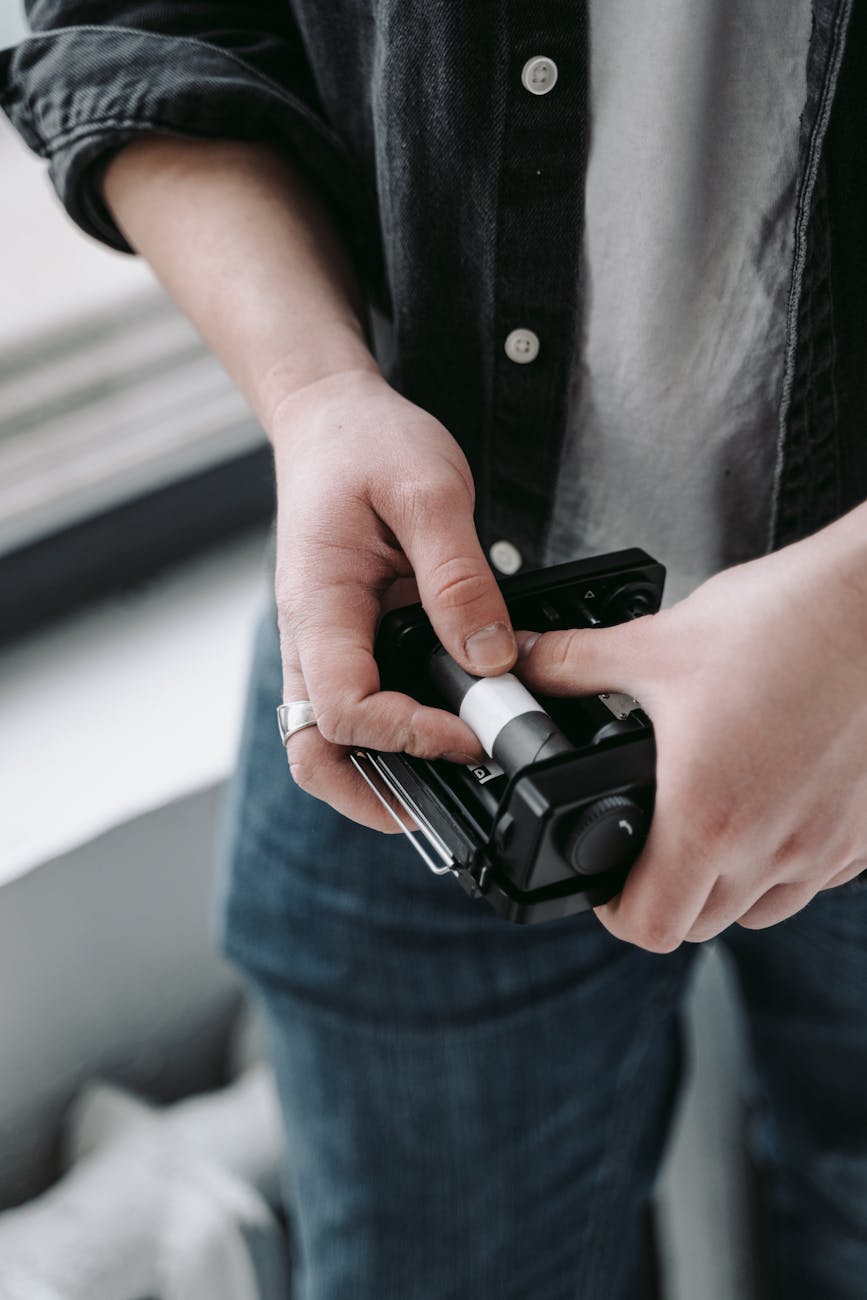
Accessories & Ideal Setups
Though simple by design, the Olympus Trip 35 benefits from a few supportive accessories.
- Comfortable strap and a protective pouch
- Lens hood to reduce flare in bright sun
- A variety of film types for creative projects
- A scanner for bringing negatives into your digital workflow
Second-Hand Buying Checklist
When buying an Olympus Trip 35 second-hand, a careful inspection will ensure smooth shooting.
- ✅ Selenium meter shows red flag test
- ✅ Both shutter speeds function correctly
- ✅ Lens elements are clear and sharp
- ✅ Light seals inspected or replaced
- ✅ Aperture blades move smoothly

Why the Olympus Trip 35 Still Matters
In an age of constant screen time, the Olympus Trip 35 invites you to slow down. Shooting film with this camera encourages presence and patience, while rewarding you with images that have physical weight and style. For second-hand buyers, it represents reliability, affordability, and the joy of analog practice. It’s no exaggeration to say that this compact vintage tool inspires creativity as much today as it did decades ago.
FAQs
Does the Olympus Trip 35 need batteries?
No. The camera relies on a selenium cell to power its light meter, meaning it’s a truly battery-free design.
Is the Olympus Trip 35 good for beginners?
Yes. Its simplicity and minimal controls make it an excellent first step into film photography — many see it as part of their beginner’s guide to vintage cameras.
What film works best with the Olympus Trip 35?
ISO 200–400 color film or Ilford HP5 black-and-white film thrives in its lens and exposure system, especially in daylight shooting.
What should I check before buying one second-hand?
Always check the meter, lens clarity, shutter speeds, and light seals before purchasing a Trip 35.




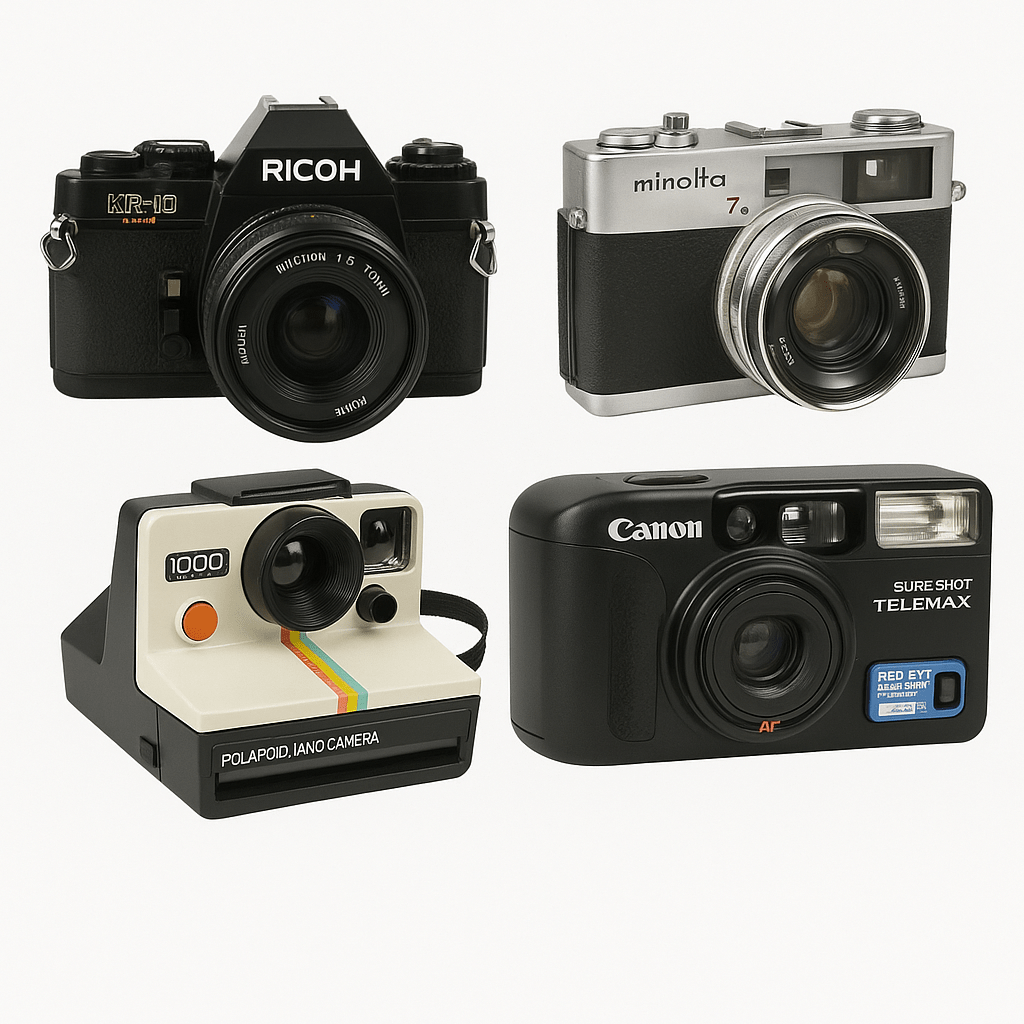
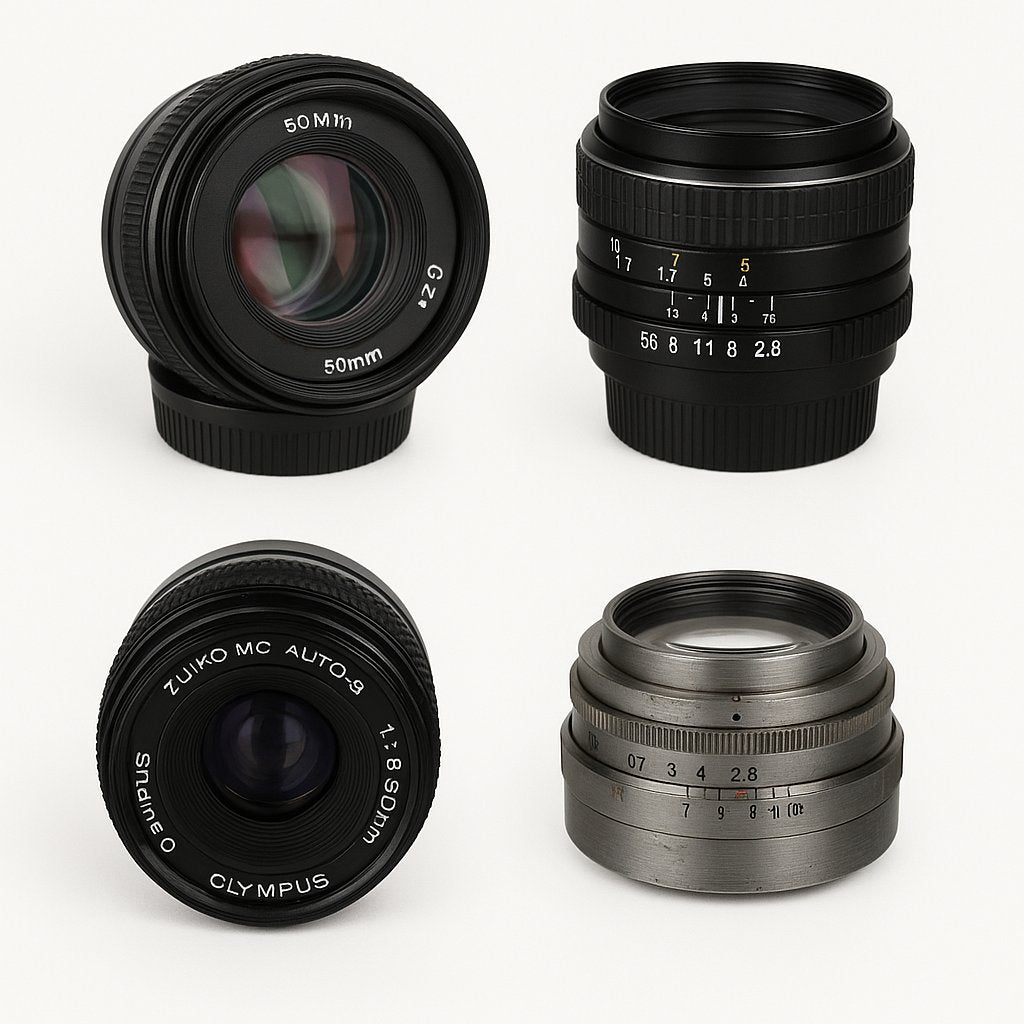
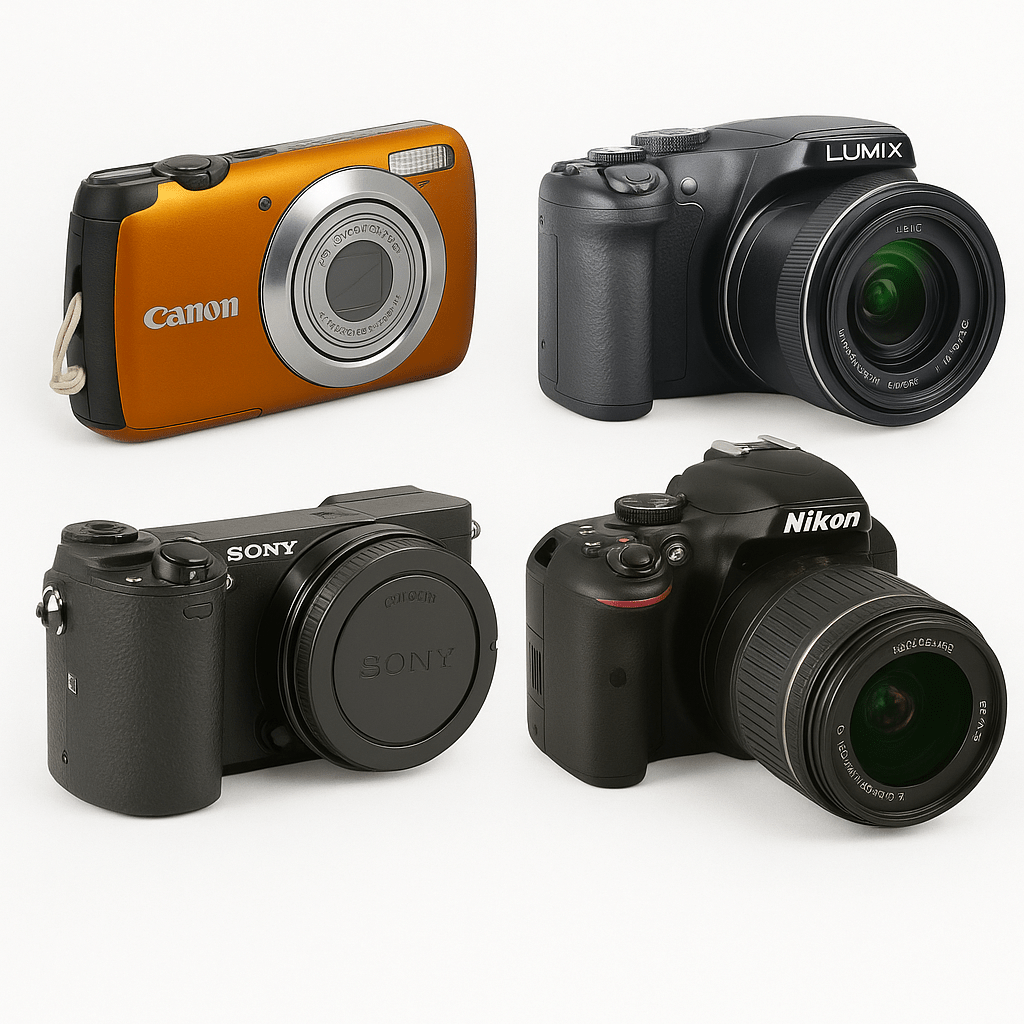
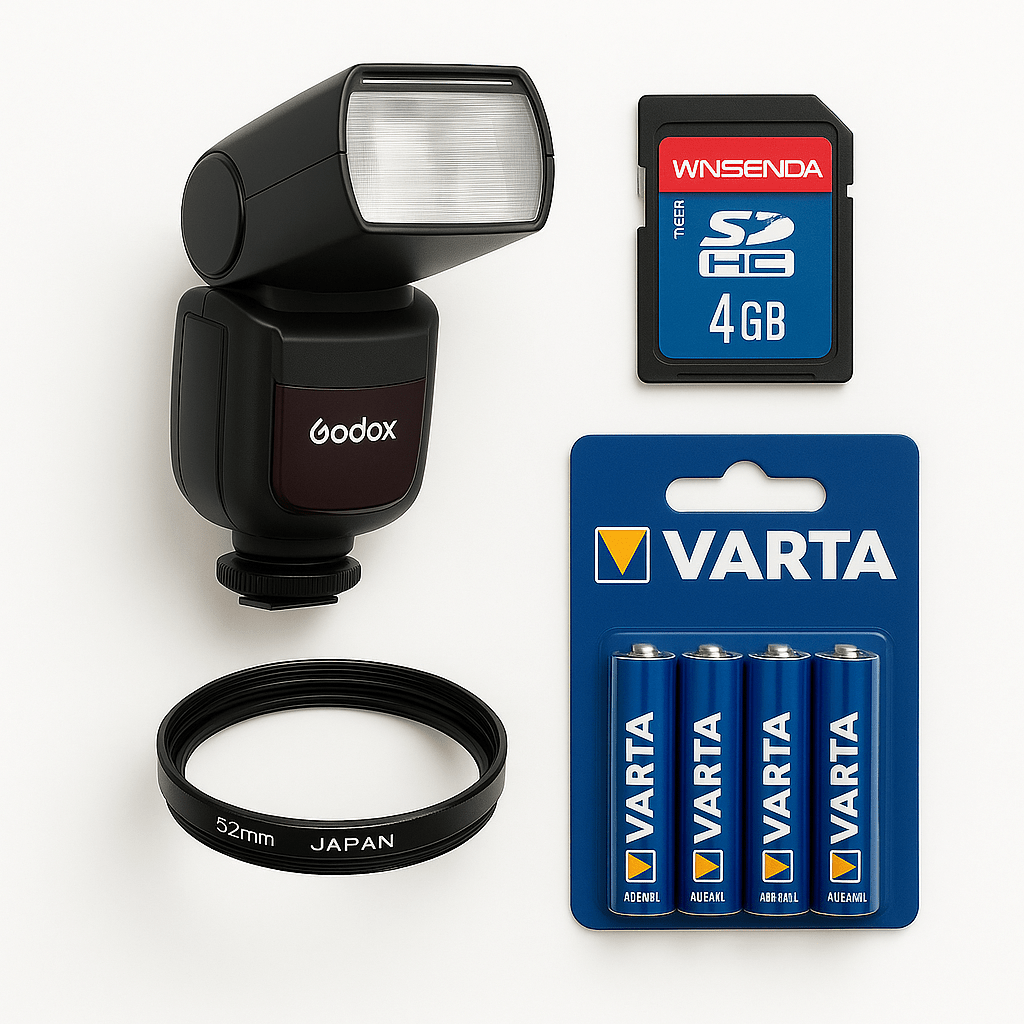
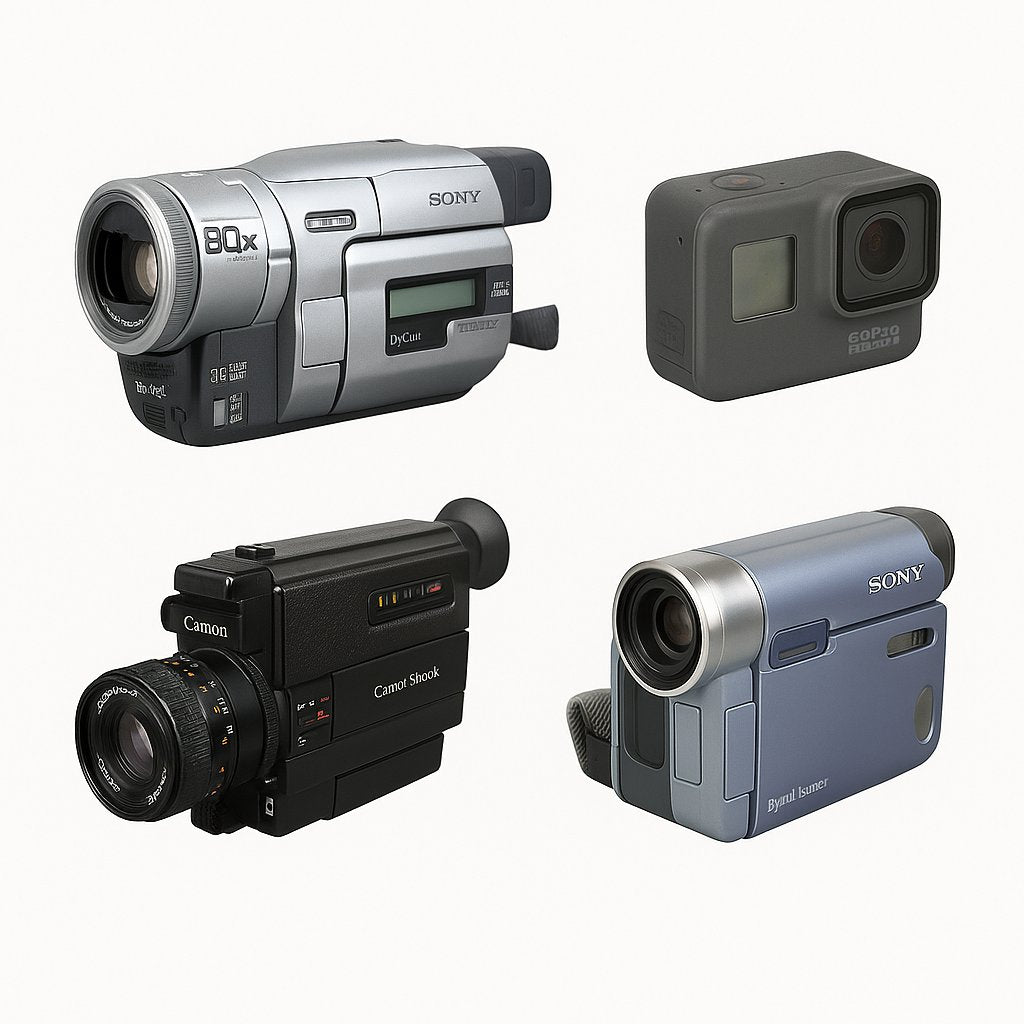
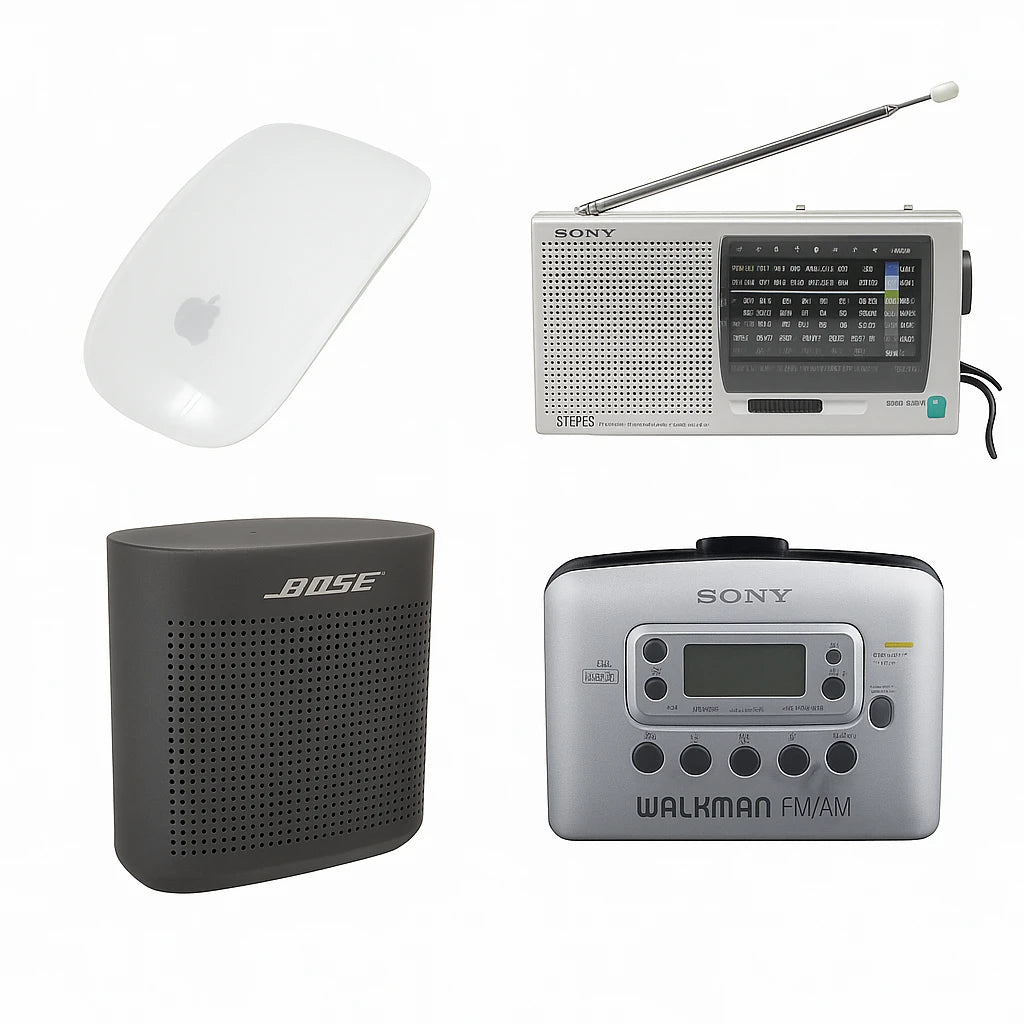
0 comments